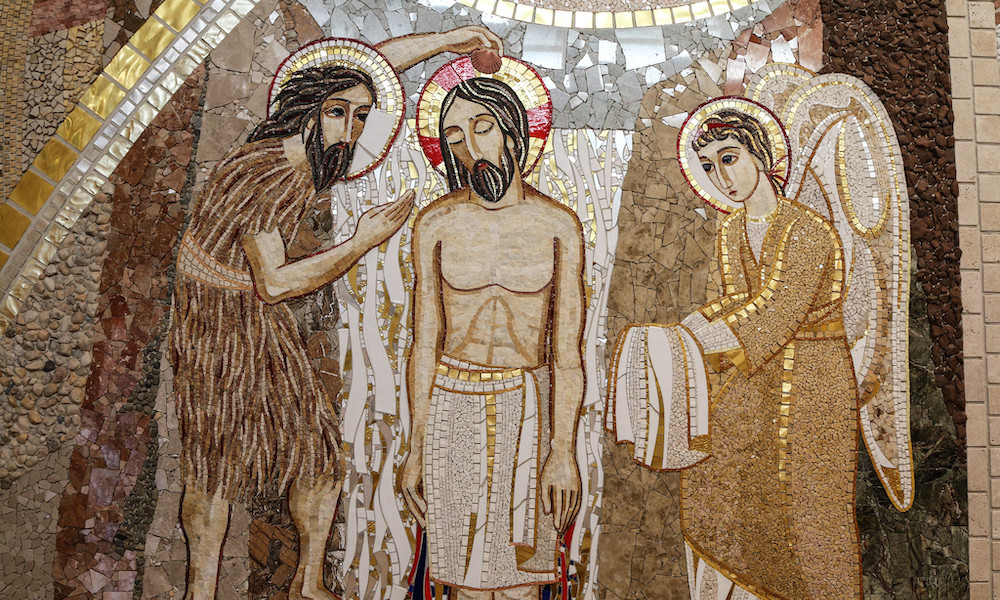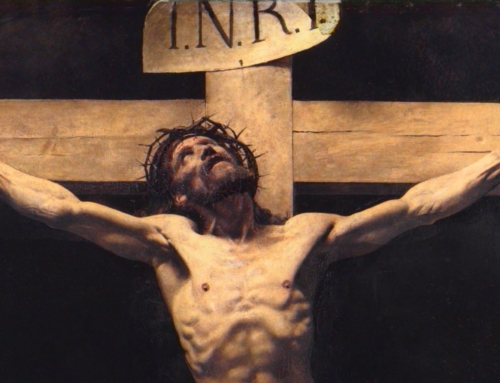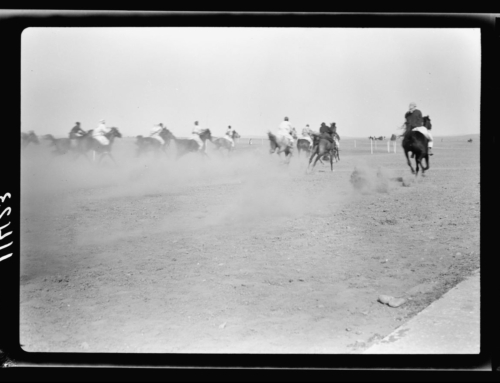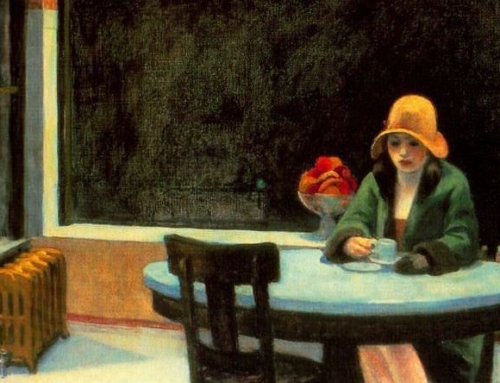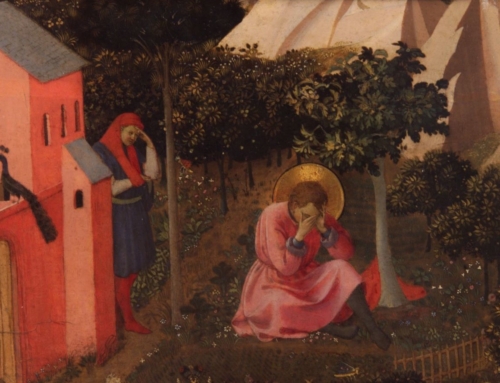Men long to be beautiful. We want others to be drawn to the excellence they notice in us. Striving to make ourselves attractive, we labor to build for ourselves an appealing physique, style, or charisma. We tend to equate our desirability with this well-crafted display, ignoring a lesson about beauty taught by St. Thomas Aquinas and St. John the Baptist.
This lesson is that true beauty accompanies temperance. According to St. Thomas, a man’s beauty consists in his actions “being well proportioned in respect of the spiritual clarity of reason” (ST II-II q. 145, a. 2). Spiritual beauty, also known as honestas or honorableness, is a specifically human way of being beautiful. It gives a man’s conduct claritas or radiance, which manifests to others the meaning of being human.
Spiritual beauty is most attributed to temperance because temperance triumphs over the ugliest of the vices, intemperance (ST II-II q. 145, a. 4). An intemperate man rejects the rule of right reason to immerse himself in pleasures of food, drink, and sex, the pleasures he shares with brute animals. The intemperate man thus refuses to excel in a specifically human way. Forsaking the light of reason, he dissipates away his integrity as a rational animal and allows his thoughts and actions to be marred by dissonance and gloomy dissatisfaction.
By moderating the pleasures he shares with the lower animals, the temperate man reorients himself toward a distinctly human excellence. He regains his inward integration and harmony, and he serenely radiates these qualities through his actions, his words, and his countenance. His beauty is “more spiritual, more austere, more virile” (Pieper, The Four Cardinal Virtues, 203) than merely sensual appeal. He seems to shine with “the glow of the true and the good” (Pieper, 203), alerting others to the dignity and delightfulness of being human. His claritas makes him resemble the divine Son, who, as the eternal Word, “is the light and splendor of the intellect” (ST I q. 39, a. 8).
St. John the Baptist embodied St. Thomas’s teaching on temperance and beauty. He was known for his heroic temperance. Before he was conceived, an angel prophesied that he would drink “no wine nor strong drink” (Luke 1:15). When he appeared preaching in the wilderness, “his food was locusts and wild honey” (Matt 3:4). After the Baptist was imprisoned by Herod, our Lord recalled that he “came neither eating nor drinking” (Matt 11:18).
The beauty of John’s temperance attracted many to him. Drawn to his austere appeal, “Jerusalem and all Judea and all the region about the Jordan” (Matt 3:5) went out to hear him. The Baptist’s moral beauty moved even the tyrant Herod, who, “knowing that he was a righteous and holy man, . . . heard him gladly” (Mark 6:20). Nonetheless, blinded by his intemperance, Herod rejected John’s spiritual beauty for the sensual delight of Herodias’s daughter. Herod’s incorrect valuation of beauty led him to order John’s murder (Mark 6:22–28).
Beautiful John “was a burning and shining lamp” (John 5:35) who came “for testimony, to bear witness to the light” (John 1:7). His claritas made his every action a manifestation of the rational nature of man and its source in the eternal Word. His very existence was a voice: “I am the voice of one crying in the wilderness, ‘Make straight the way of the Lord’” (John 1:23). Radiant with temperance’s “more abundant comeliness” (ST II-II q. 145, a. 4, ad 3), John was and is the herald of the “king in his beauty” (Isa 33:17). He is the “friend of the bridegroom” (John 3:29), who invites us to prepare for the wedding feast of Beauty Himself.
To worldly eyes, the temperate John, like the crucified Jesus, “had no form or comeliness that we should look at him, and no beauty that we should desire him” (Isa 53:2). Nonetheless, men seeking honestas or beauty should turn to John as a model. His temperance is a lesson in human excellence and an introduction to the style of the heavenly wedding party.
✠
Photo by Fr. Lawrence Lew, O.P. (used with permission)

